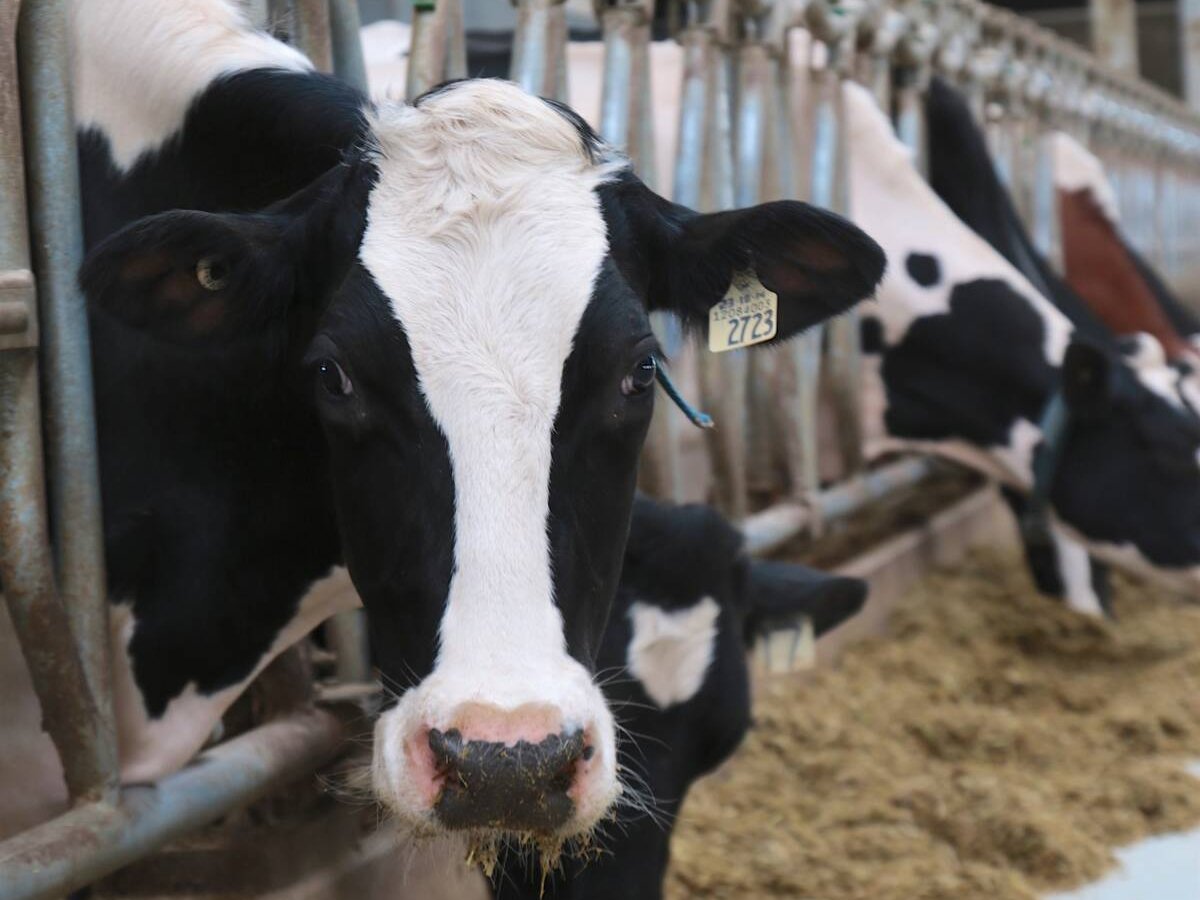Increased pulse crop production and more frequent soil testing will help Saskatchewan farmers reduce greenhouse gas emissions, says the province’s white paper on climate change.
However, the province’s farmers also deserve recognition for the carbon they are already sequestering and will continue to store through new technologies, it said.
The industry is almost carbon neutral, according to 2014 data, with emissions of 12.7 million tonnes and sequestration of 11.4 million tonnes.
However, those figures don’t include the sequestration capacity of about 21 million acres of grasslands, said Premier Brad Wall while announcing the white paper Oct. 18.
Read Also

The Organization for Economic Co-operation and Development lauds Canada’s low farm subsidies, criticizes supply management
The Organization for Economic Co-operation and Development lauded Canada’s low farm subsidies, criticized supply management in its global survey of farm support programs.
Nor do they include the two million tonnes sequestered by pulse crops or the opportunity to sow marginal lands, such as saline areas, to permanent cover.
He said farmers must receive credit for their efforts, but the federal government has yet to formally recognize that. More work needs to be done to quantify the carbon sinks on forage land not currently included in the national inventory due to a lack of established science, said the white paper.
Environment Minister Scott Moe said both sides of the ledger must be considered.
“If you’re going to talk about the emissions side in agriculture, we feel it’s also incumbent on us to talk about the sequestration side,” he said. “There’s a good story to tell in agriculture.”
The white paper notes that increasing seeded acreage of pulses to 25 percent of all acres would cut emissions. Pulses extract most of their nitrogen from the air rather than from applied fertilizer.
Saskatchewan Pulse Growers executive director Carl Potts said moving to a one-in-four-year rotation would require a pulse crop for every available acre, but pulses aren’t currently suited to all those acres. Research on crops such as fababeans is helping to make that a realistic goal.
“In 2011, the Saskatchewan Research Council did a study and found that … adding peas for one year in a four-year rotation reduces non-renewable energy use by 25 percent,” he said.
Including lentils once every four years reduces that energy use by 21 percent. This occurs primarily because of the need for less fertilizer in the pulse itself and in subsequent crops. Potts said these benefits are in addition to the economic value for the grower.
He said the goal of one-in-four is “a fairly firm milestone that we’re working towards.”
The white paper also noted the benefit of measuring soil nutrient levels. A 2011 survey found 84 percent of Saskatchewan’s arable land has been soil tested, but only 25 percent is tested each year.
Increasing that frequency “represents a great opportunity for producers to take an active role in reducing GHG emissions,” the paper said, by more accurate fertilizer application and potentially lower nitrous oxide emissions.
Another survey is planned for 2017.
Agricultural Producers Association of Saskatchewan vice-president Todd Lewis said the premier correctly recognized farmers’ role in the past and for the future.
“Really, in a lot of ways we’ve been leaders in low carbon agriculture with minimum till and the practices we use and the crops we grow,” he said after listening to Wall’s speech.
He said the premier’s stance against the federally proposed carbon tax is appropriate because a tax is not socially responsible.
“If those taxes create less production and there’s less food for a world that needs it, how socially responsible is that?” Lewis said. “We’ve been doing lots already to help this carbon model and we’ll continue to.”
Wall in his speech emphatically repeated his message that a carbon tax will hurt carbon intense industries such as agriculture, mining and energy without actually reducing emissions.
For example, Saskatchewan canola crushers would face extra costs of about $1 million per year at a $10-per-tonne floor price for carbon and $5 million by the end of the federal government’s plan to hike it to $50 per tonne.
“If their competitors for crushing canola in the United States don’t have a similar carbon tax, how would we compete?” Wall said.















